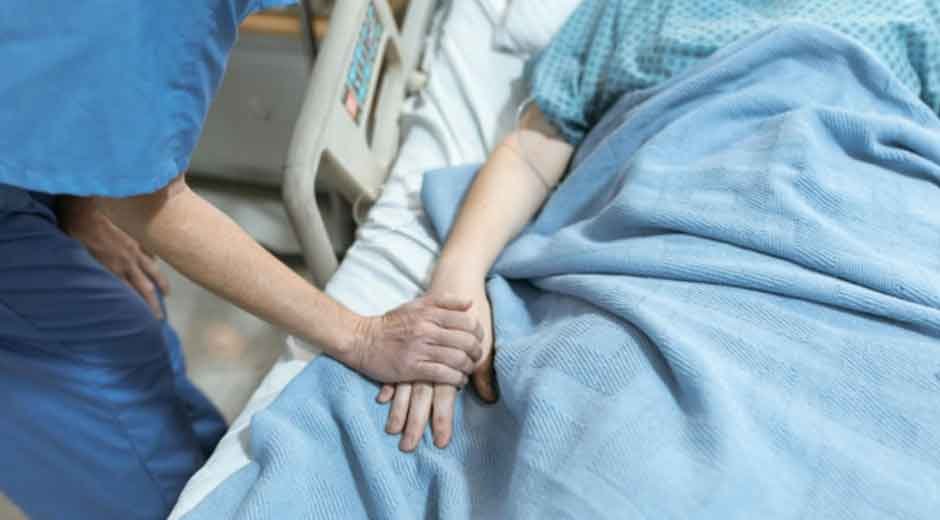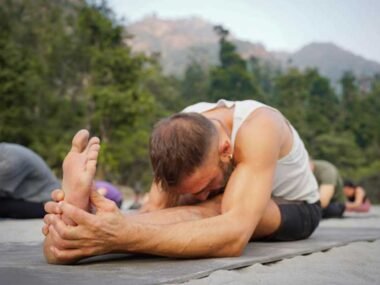Trying to adjust to life with an ostomy is anything but easy. One of the most common questions a patient might ask right after surgery is, “Can I still exercise?” You definitely can, but you might have to be a tad bit careful regarding how you move and how soon you start after the surgery.
The following research-backed insights from physical therapists, stoma care nurses, and fitness professionals allow you to focus on your recovery post-surgery as well as return to the gym safely and with as much confidence as before. Be it strength you are looking to regain, or just wanting to get more active, here’s what your doctor would want you to know;
1. Take it Easy on the Core
After an ostomy surgery, your main goal might be to hurry up and build that core strength. However, keep in mind that your abdominal wall is battered at the moment and the core muscles need time to heal and regain function.
Thus, it might not be such a great idea to jump straight into a traditional ab workout such as crunches or planks. Harsh exercises that target the core can increase the risk of developing a parastomal hernia. This is essentially a bulge that forms near the stoma due to weakened abdominal muscles.
Physical therapists recommend you start with deep core activation exercises, such as diaphragmatic breathing and pelvic tilts. You should also spend considerable time practicing transverse abdominis (TVA) activation. This is a technique that also engages deeper core muscles and helps stabilize your torso. If you want, you could also incorporate gentle resistance bands to improve posture and stabilize the pain.
2. Walking is More Powerful Than It Sounds
If you are someone who used to hit the gym five times a week before you got that surgery, you might be itching to get back. However, if you find yourself in the early stages of recovery, you may be recommended nothing more than a simple walk.
- Physical therapists put a lot of faith in walking as the most effective and low-risk form of exercises. It encourages blood flow, reduces stiffness in muscles, helps in bowel movements, and lifts up your mood without adding unnecessary stress on your abdominal wall. Here’s a plan you can follow;
- Weeks 1-2 (post-clearance): Shorter indoor walks, 5-10 minutes at a time
- Weeks 3-4: Increase to a 15–20-minute walk outdoors, 2-3 times daily
- Beyond Week 4: Build up to 30-45 minutes of brisk walking at a time
3. Avoid Lifting Heavy Weights (At First), Then Add Them Back Smartly
You don’t want to strain your abdominal muscles or cause damage to your ostomy procedure by lifting too much too soon. It may be tempting to start lifting heavy weights right away or even carry bulky groceries, yet professionals advise against it.
Doctors actually recommend holding off on all that for at least 6-8 weeks post-op, sometimes longer depending on how fast you are recovering. But, remember, eventually you are going to be cleared to lift. When you are;
- Start with bodyweight exercises to test the waters (sit-to-stands, wall push-ups, and heel slides).
- Transition slowly to light resistance bands or 1-2 kg weights.
- Increase weights only after asking your doctor for guidance.
If at any point you feel pressure near your stoma, stop immediately.
4. Alternatives to Heavy Cardio and Lifting
Exercises that involve lighter movement such as yoga and stretching can actually help you reduce bloating, gas, and tightness as your stomach adjusts to new foods after the surgery. Cat-cow stretches, for instance, are great for spinal mobility.
You could also try supine twists (abdominal support), seated forward folds (to reduce tightness and cramping), and multiple other poses as long as they don’t compress your stoma too much. Poses to avoid include cobra pose or lying belly-down unless you’ve been cleared for it.
5. Focus on Hydration and Nutrition
Exercising isn’t everything. You must stay hydrated and provide your body with enough nutrition it needs to heal. This is especially important for patients with an ileostomy where the output can be much more watery and rapid.
Invest in good-quality electrolyte-rich fluids before, during, and after exercises. Instead of eating too much in a single sitting, try to space out your meals and make them much smaller.
Keep an eye on output consistency for your stoma and invest in high quality ostomy products that allow you to do so. If you have been recommended a new exercise or diet, track how your body responds to it!
6. Working with Specialists
Don’t know where to start. Go for personal fitness training with professionals who have ample experience in post-abdominal surgery or ostomy care.
They can create a unique plan for you that caters to your stoma type (colostomy, ileostomy, or urostomy), the surgery details and complications, your personal goals (fat loss, strength, mobility, confidence), and so on. Additionally, most personal trainers can provide you a few demo sessions so you can understand whether the program works for you.
7. Adapt, Don’t Run Away
You don’t need to avoid or ditch all the activities you love. Healthcare professionals will encourage you to continue swimming, cycling, dancing, and even weight training. All you need to focus on is investing in the right support garments, emptying your pouch before the activity, and modifying movements to reduce the strain near your stoma.
Lots of people continue to run marathons, hike mountains, do complex yoga poses, and stay confident after their ostomy procedure. If you are feeling particularly self-conscious we suggest wearing high-waisted workout gear or stoma wraps that keep your appliance secure and out of sight.
Pro Tip: Look Out for Warning Signs
Consult a doctor if you notice any of the following signs;
- A bulge near the stoma
- Pain or pulling sensation during any movement
- Dizziness, fatigue, or an unusually fast heart rate
- Any bleeding from the stoma site
Final Thoughts
You deserve a lifestyle that is just as active as the one you had before your ostomy procedure. Having an ostomy doesn’t disqualify you from fitness. It improves your relationship with your new body and nurtures it so you embrace exercise in a way that avoids harm.










